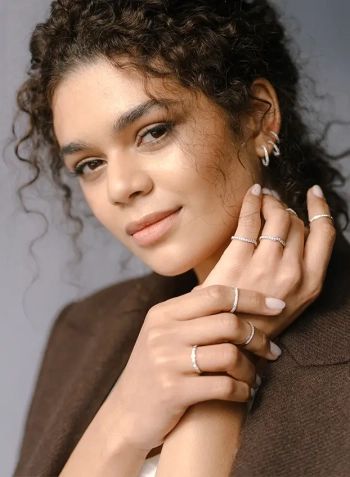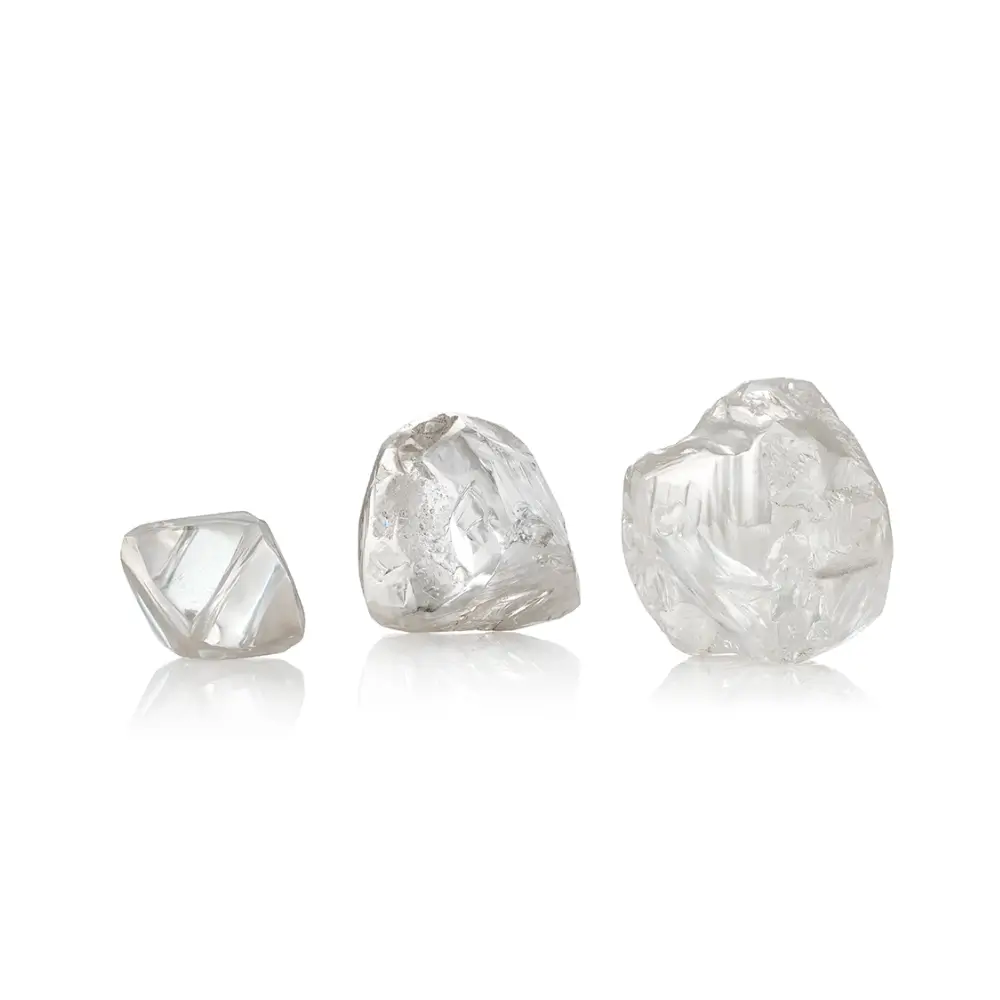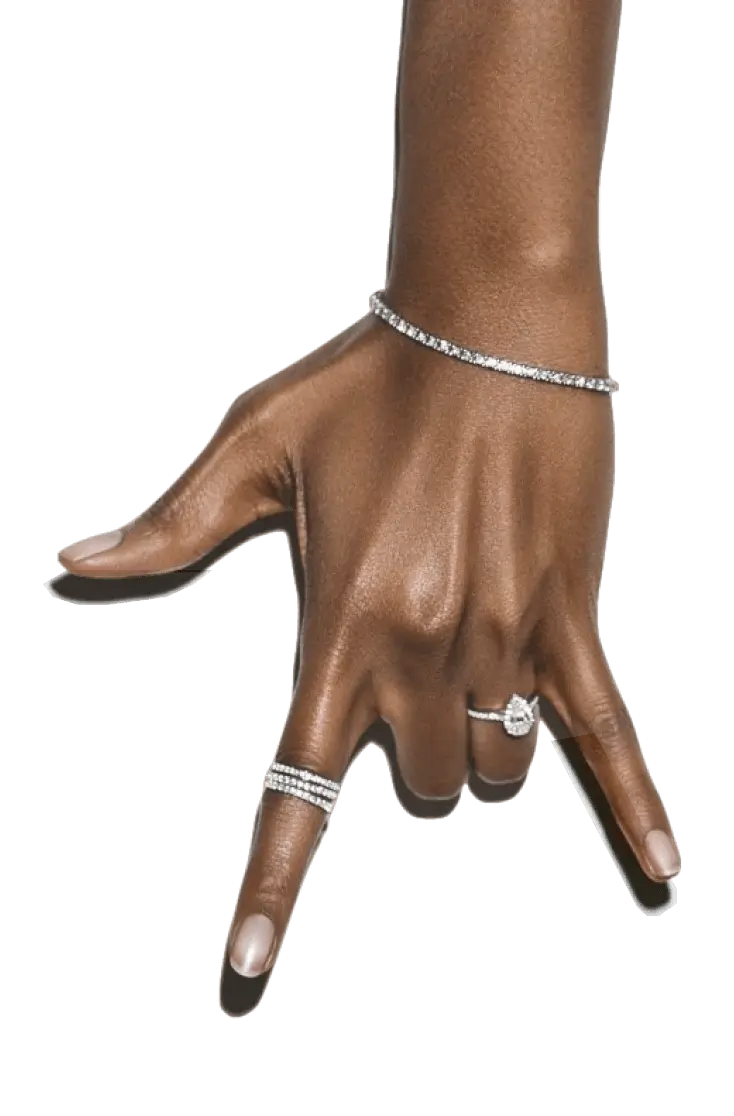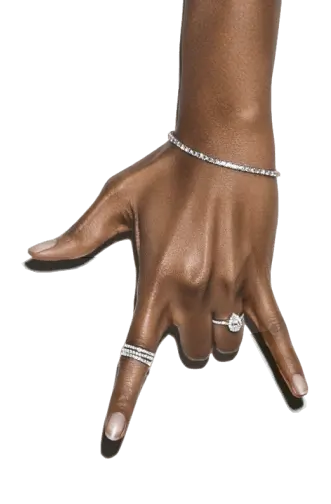When it comes to the price of diamonds, not all stones are the same, even if they look like it on paper. Obvious differences in clarity or colour can be identified from a diamond’s certificate, but what you should really be looking for is what’s not included on a certificate - the hidden stuff like inclusions in visible places and unwelcome fluorescence. The quality of a diamond’s cut is also crucial, with symmetry and proportions integral to its beauty. There are many different companies who grade diamonds, with the same diamond often graded very differently from one to the next. The Gemological Institute of America (GIA) is the most respected and trustworthy among them. Every diamond 0.4 carat at Budrevich comes with a GIA certificate, and we always recommend seeing diamonds in person. Using your own eyes is the best way to compare diamonds. And remember, there is always a reason for the price difference.
The 4Cs
The 4Cs are the globally recognised standard for grading the quality of diamonds. Whether you’re an expert or shopping for a forever jewel for the very first time, they’re a vital tool for assessing and comparing diamonds. Here at Budrevich, we encourage you to visit our studio to browse different diamonds and inspect each under a gemmological microscope to gain a better understanding of the 4Cs, which collectively affect the value of your stone.
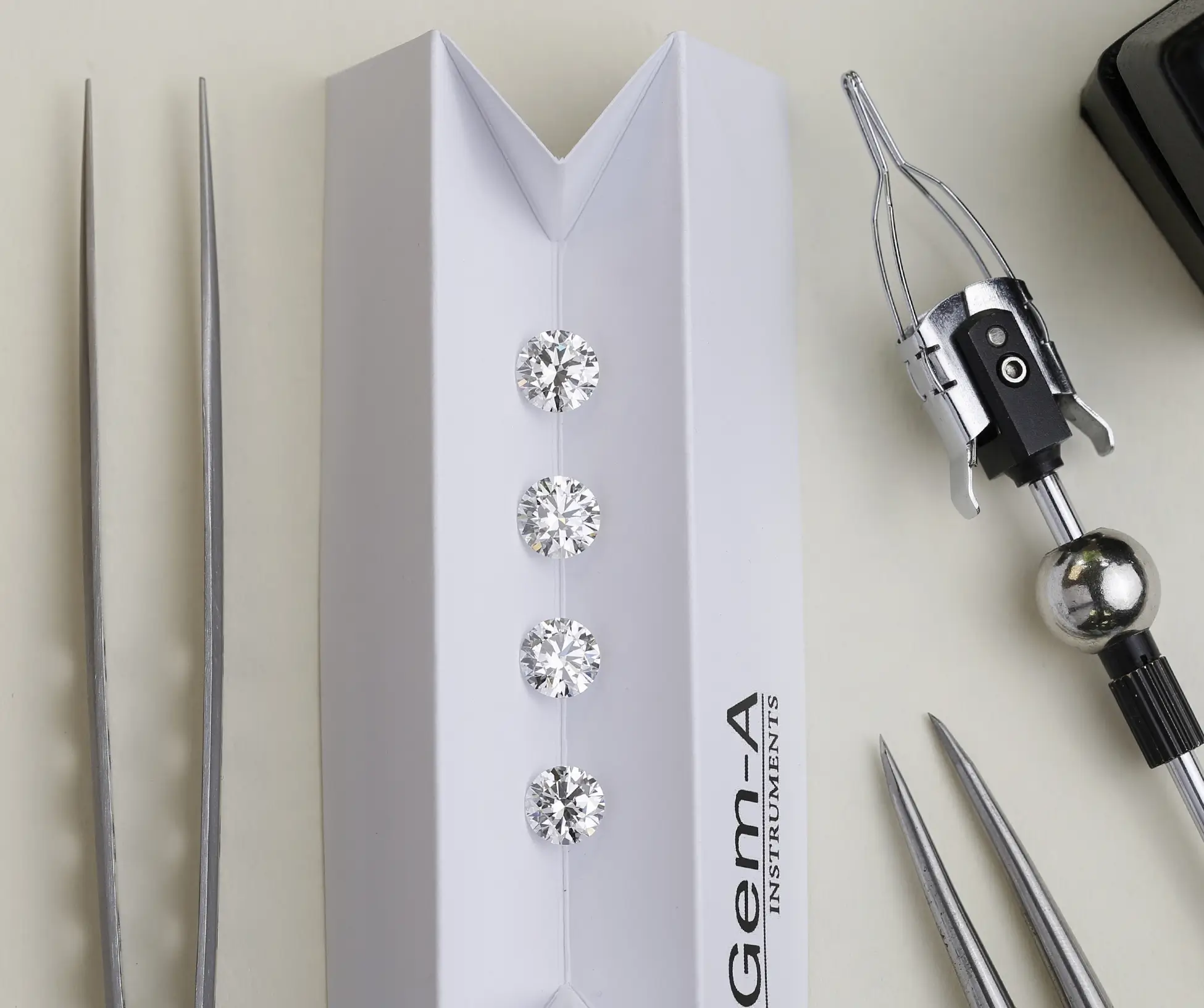
1. Colour
1.Colour
The colour of a white diamond is determined by how close to colourless it is. Graded on a scale from D to Z, D colour diamonds have an icy, colourless appearance, while stones that are graded towards the bottom of the scale display a visible yellow or brown hue.
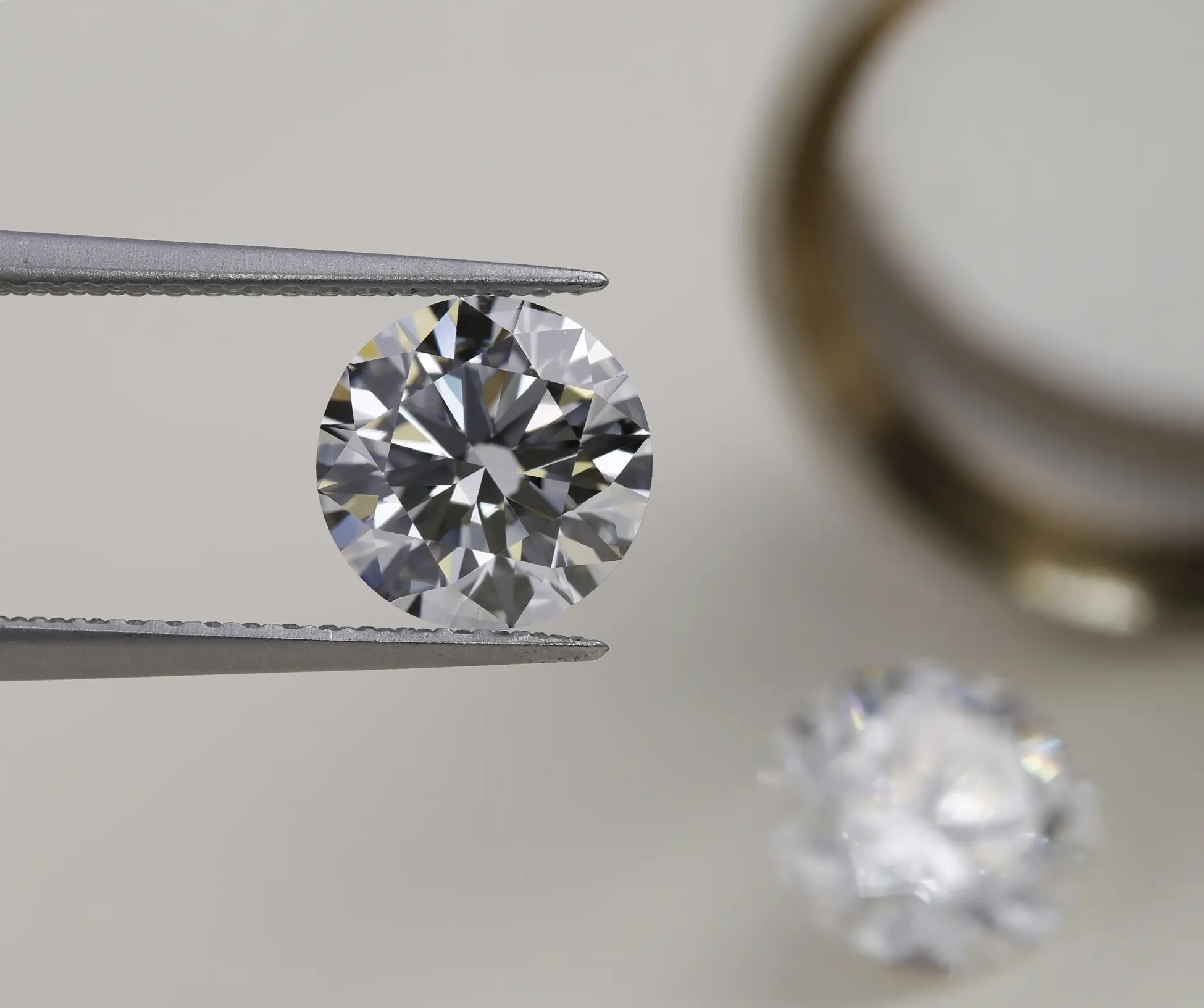
2. Clarity
2.Clarity
Formed by nature over millions of years, the vast majority of diamonds contain miniscule flaws. Clarity is the measure of a diamond’s purity, graded according to the size and volume of these microscopic idiosyncrasies, with the help of 10x magnification.
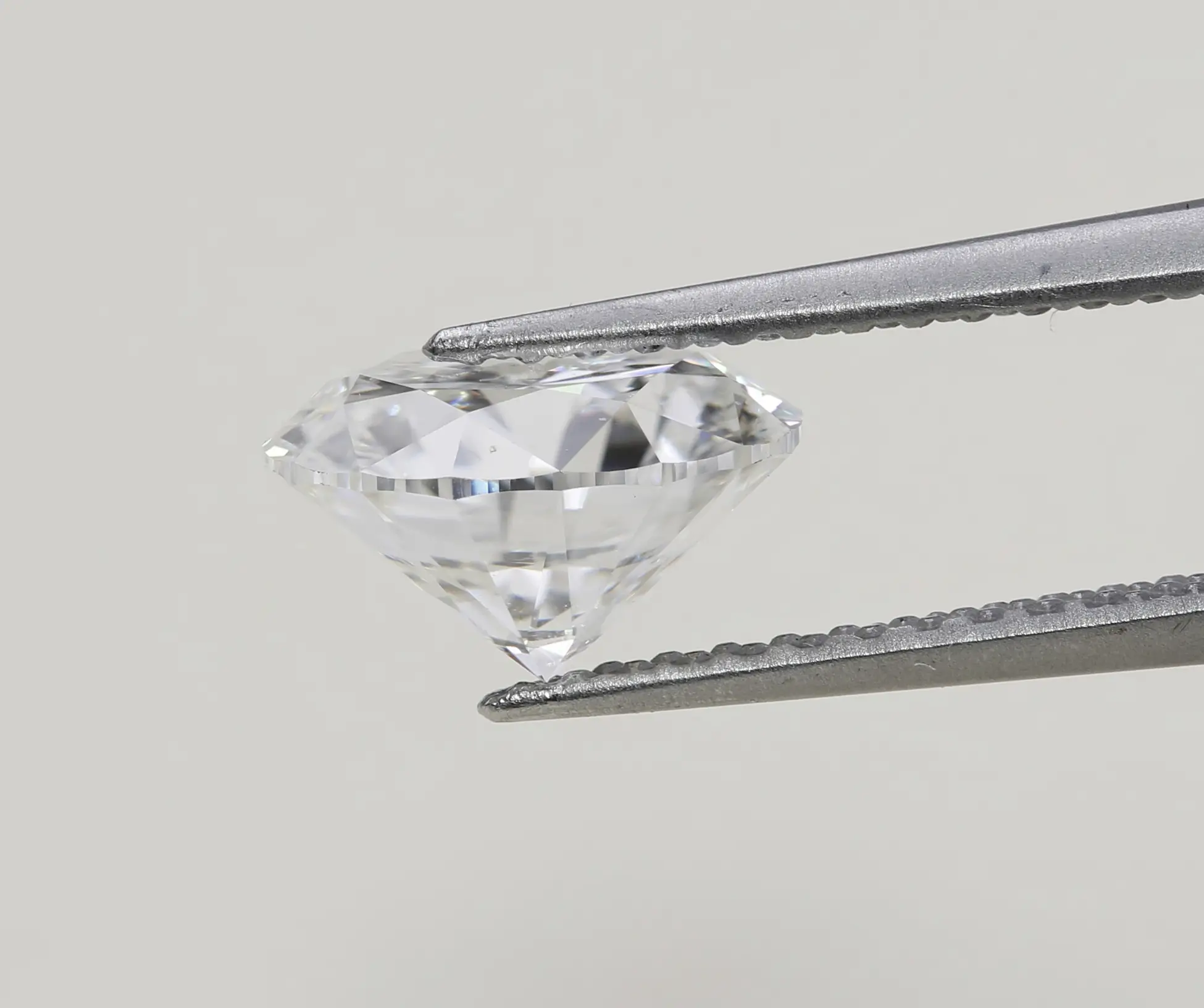
3. Cut
3.Cut
Arguably the most important of the 4Cs, the quality of a diamond’s cut — its polish and symmetry — determines how it interacts with the light. The more precise, symmetrical and smooth a diamond’s facets, the more fantastic its sparkle.
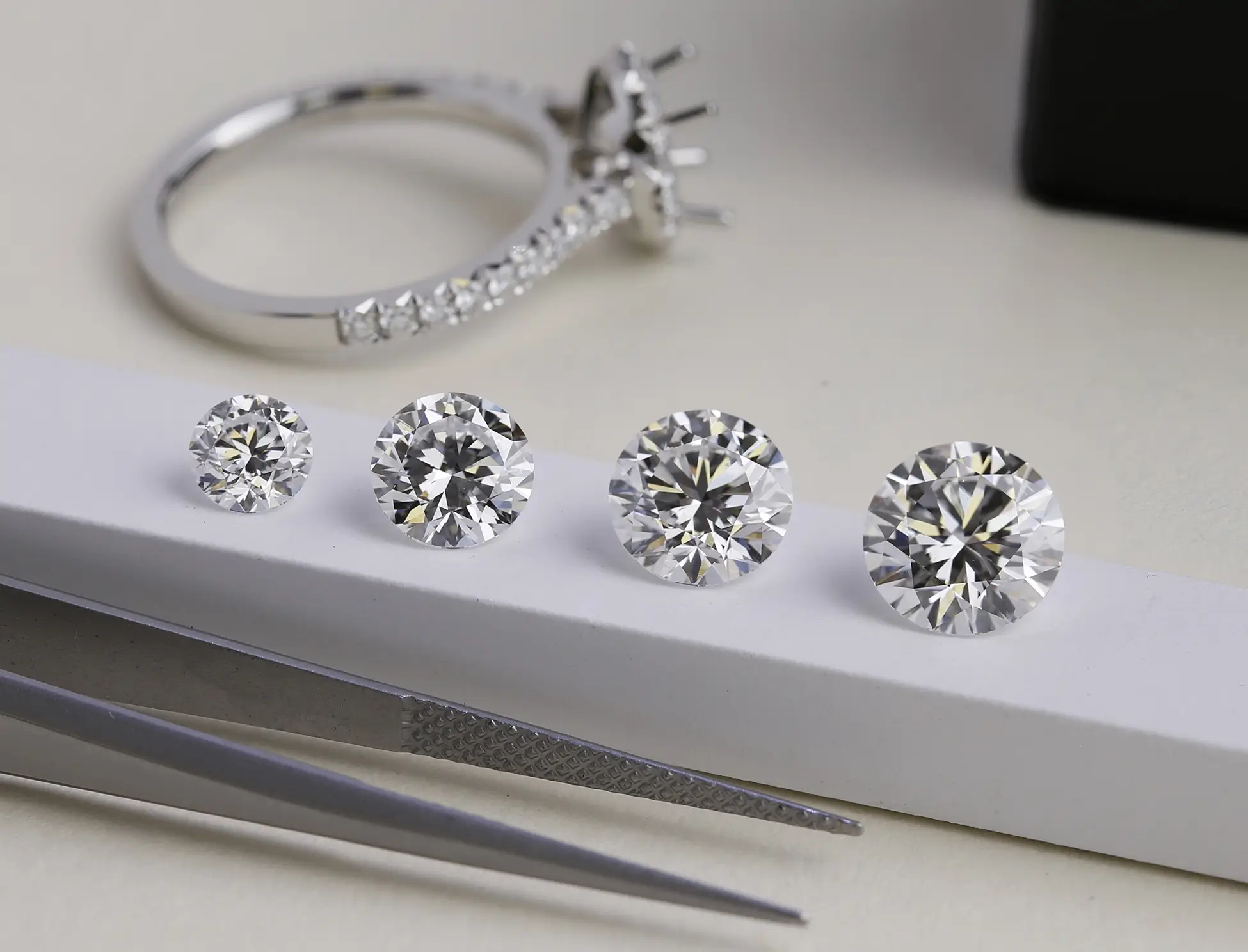
4. Carat
4.Carat
Believed to derive from the carob seeds, which were used by ancient jewellers as a reference weight because their mass varied so little, the carat has been used throughout history as a universal means of weighing diamonds.

Diamond Shapes
The shape of a diamond is perhaps the most exciting factor to consider when shopping for a ring because the possibilities know no bounds. While the traditional round brilliant cut is the most popular choice by a long stretch, the term “fancy shape” refers to any diamond cut that isn’t round, from the oval to the pear, princess to the heart, and beyond.
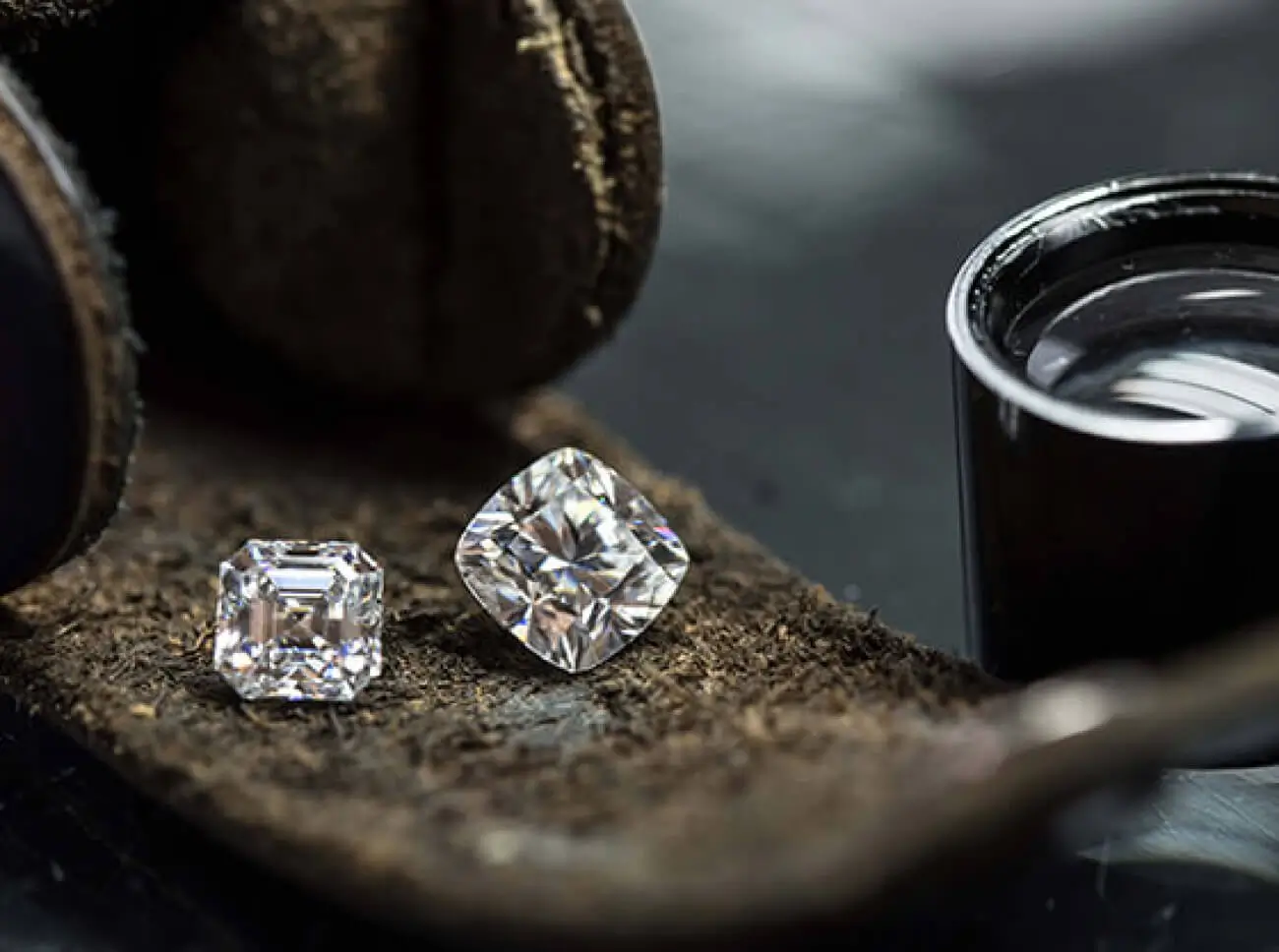 learn more
learn more
